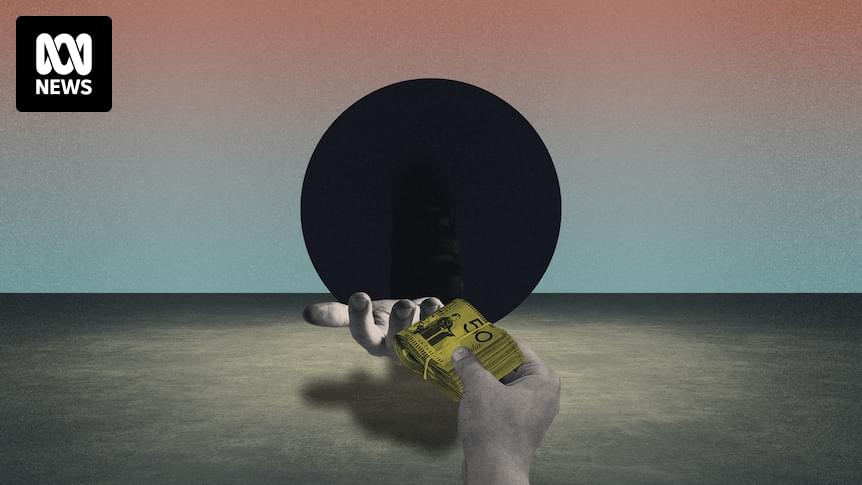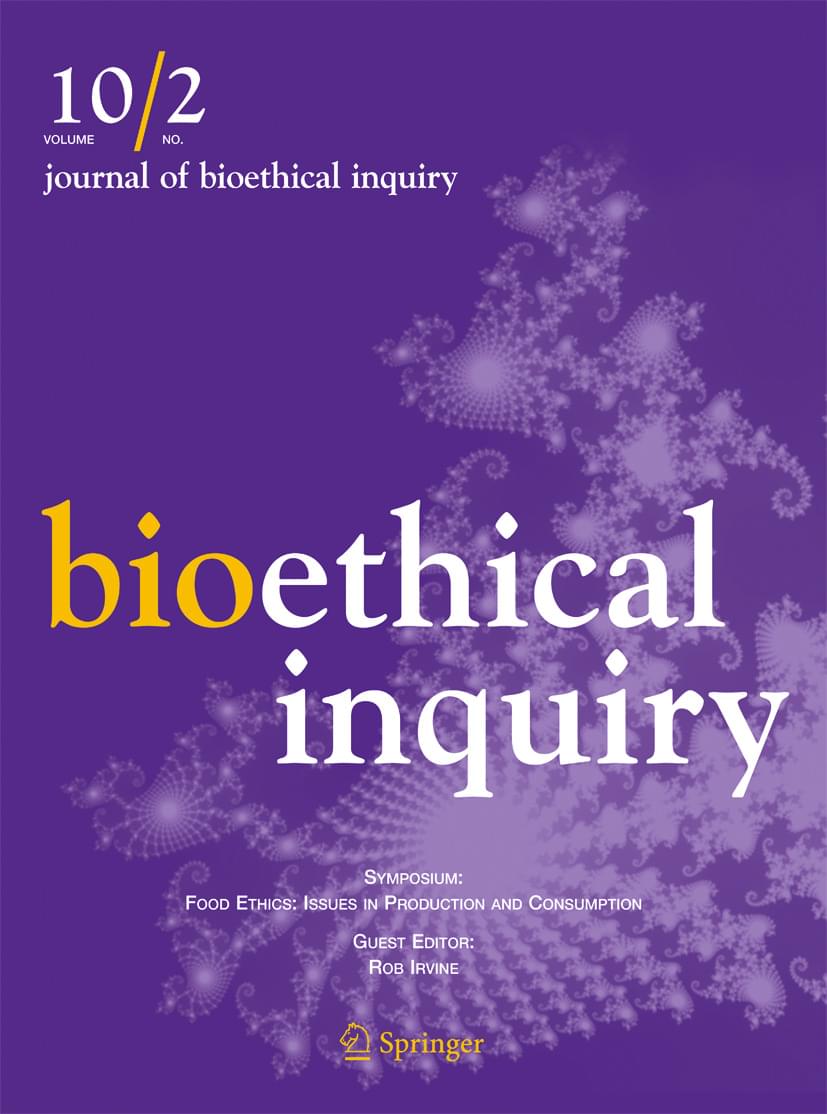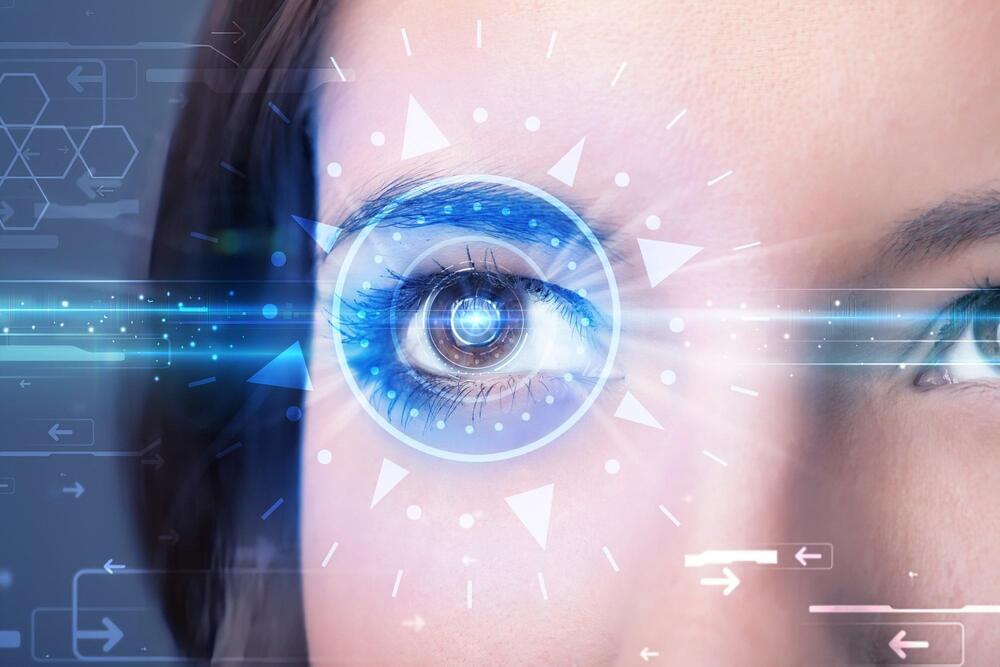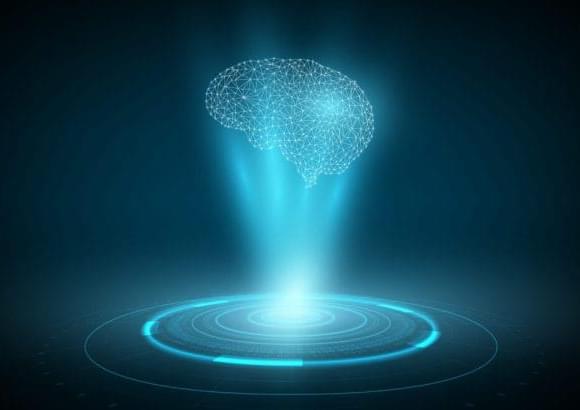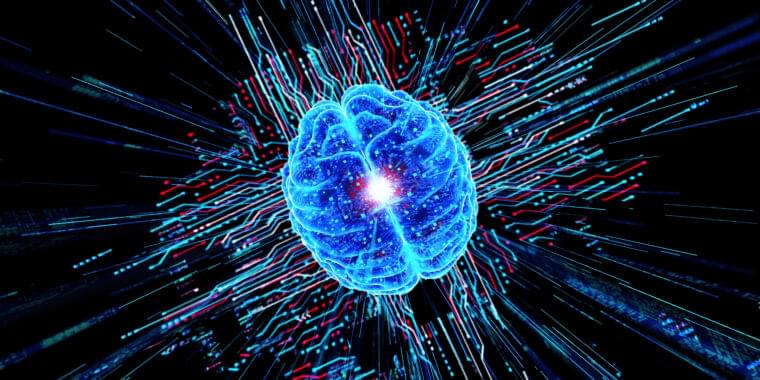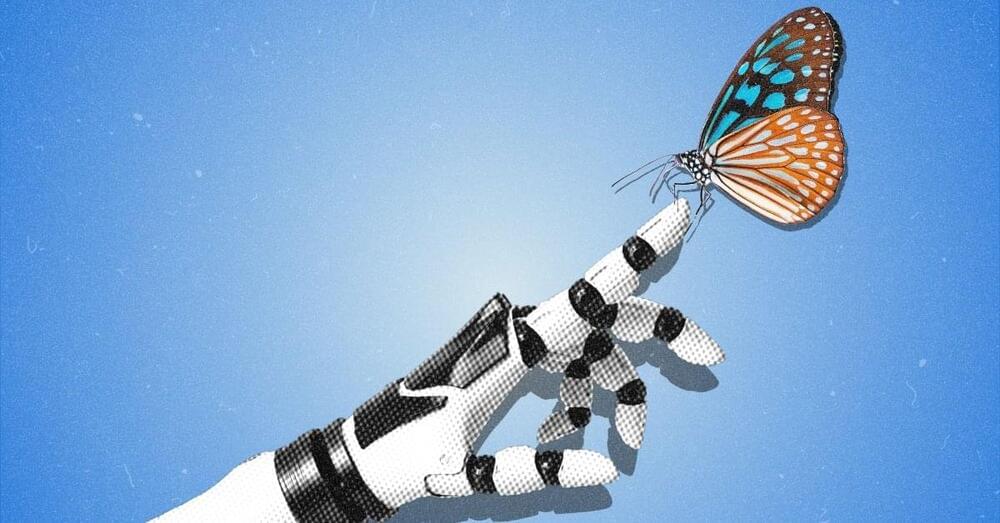Strengthening Public Health Systems For Healthier And Longer Lives — Dr. Ashwin Vasan, Commissioner, NYC Department of Health and Mental Hygiene.
Dr. Ashwin Vasan, MD, PhD is the Commissioner of the New York City Department of Health and Mental Hygiene (https://www.nyc.gov/site/doh/about/ab…).
Dr. Vasan is a primary care physician, epidemiologist and public health expert with nearly 20 years of experience working to improve physical and mental health, social welfare and public policy for marginalized populations here in New York City, nationally and globally. Since 2014 he has served on the faculty at the Columbia University Mailman School of Public Health and Vagelos College of Physicians and Surgeons, and he continues to see patients as a primary care internist in the Division of General Medicine at New York-Presbyterian Hospital/Columbia University Irving Medical Center.
Dr. Vasan most recently served as the President and CEO of Fountain House, a national nonprofit fighting to improve health, increase opportunity, and end social and economic isolation for people most impacted by mental illness. During his tenure, he grew the organization from a New York-based community mental health organization to a national network across eight markets, and grew the budget by nearly $20 million annually. He helped navigate the organization through COVID-19 by driving new telehealth and digital mental health programs while its physical locations closed, as well as developing new community-based outreach and accompaniment programs. Further, Dr. Vasan led the creation of a national policy office in Washington, D.C., working to change national mental health policy on the issues of crisis response services and funding for and quality of community-based mental health services.
From 2016 to 2019, Dr. Vasan served as the founding Executive Director of the Health Access Equity Unit at the NYC Department of Health and Mental Hygiene, which focused on the intersection of clinical and social services for the care of people involved in the justice system and other vulnerable populations — a first-of-its-kind government program in the nation. Under his leadership the team launched the NYC Health Justice Network — an innovative partnership between community-based primary care providers, criminal legal system reentry organizations, the Health Department and the Fund for Public Health — to embed tech-enabled, peer community health workers to promote health and wellness of people reentering the community from incarceration, and their families. The program is currently under evaluation through the CDC Prevention Research Center grant to NYU and CUNY.
